I got down from the train at Agra Fort on a cold November morning and took a bus towards Bharatpur. Somewhere just after crossing Agra and driving past the villages and fields, I suddenly saw three mammals sprinting away and crossing the road quickly ahead of the bus. I could not see them clearly and thought it may be cows, but they were too fast for cows and had a more slender and agile body. Was it some kind of a deer that roamed free in unprotected areas like villages and farmlands? It seemed unlikely. How often in India do you see wild animals living far away from the forests and getting integrated with human habitat? I kept wondering what they are for a long time until I wandered into Keoladeo National Park.
Those were Blue Bulls or Nilgai. There were plenty of them in the small protected region of the park and perhaps a few roamed freely in the region around it. I do not know if these animals had learned to live with humans or were forced into it due to loss of habitat, but it was surprising to find them so far away – about 40km from Bharatpur. I doubt if there was any other forest land in the vicinity that would have given them shelter.
Though Nilgais are in large numbers in Bharatpur, they wander far and wide into the marshes and are not always seen close to the park roads. I did not see even one of them on my first day in the park and saw them from a distance on the second. However, on my last morning in the sanctuary, this fine fellow came closer to the shore and allowed me to take a few pictures.
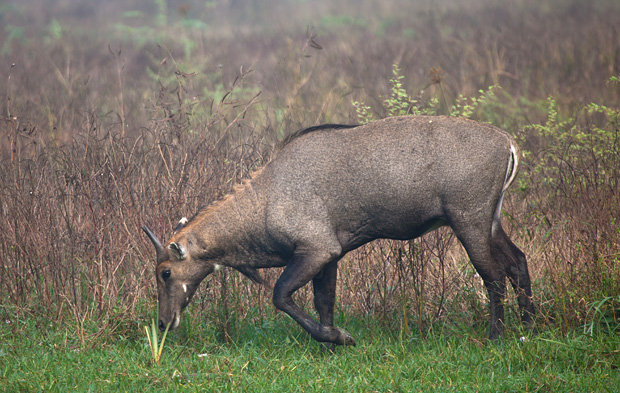
Marshes perhaps make up for more than half the area of Keoladeo National Park in Bharatpur. Naturally, the park has a lot of birds that rely on the abundance of this water. Cormorants and darters come here to fish and so do grey herons and egrets. Black Necked Storks and Painted Storks take pleasure in filtering out algae in the water and consuming them for breakfast. The storks are voracious eaters who seem to be always in a hurry to eat more, as if fearing that their neighbours may take away a portion of the food. Grey Herons stand perfectly still until an unsuspecting fish passes next to them. A microsecond later, the fish is struggling between the beaks of the heron and a few second later disappears in its throat.
I once saw a Grey Heron catch a huge fish almost six inches long and about three inches wide. The heron tried hard to consume it, but it turned out too big and eventually had to put it away. As it tried hard to gulp the fish, a greedy pond heron and a night heron walked up to it without daring to get too close, staring at the fish with a hopeful look!
The large birds were too wary of anyone and preferred to sit as far from land as possible. Even the ones that came closer to edge of the marsh kept a careful look and flew away at the first sight of someone approaching. Some pictures here.
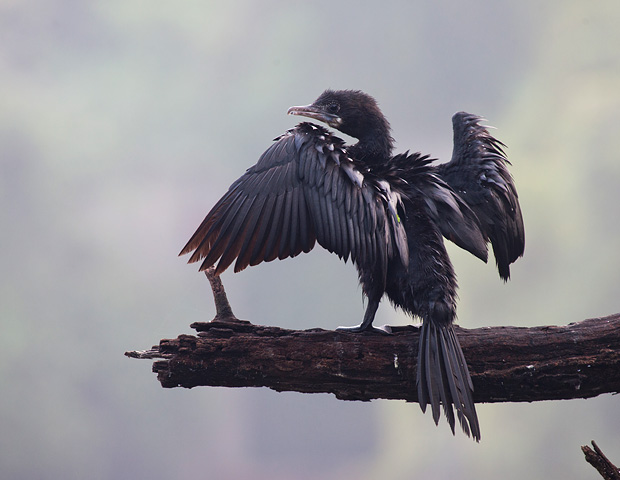
Little Cormorant
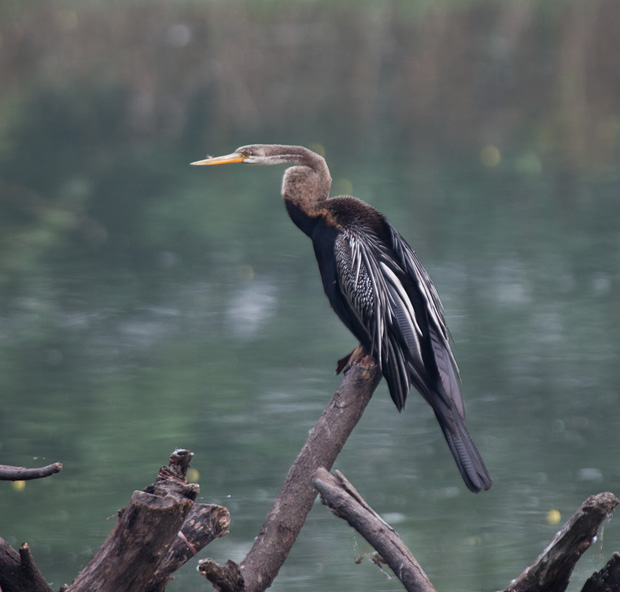
darter
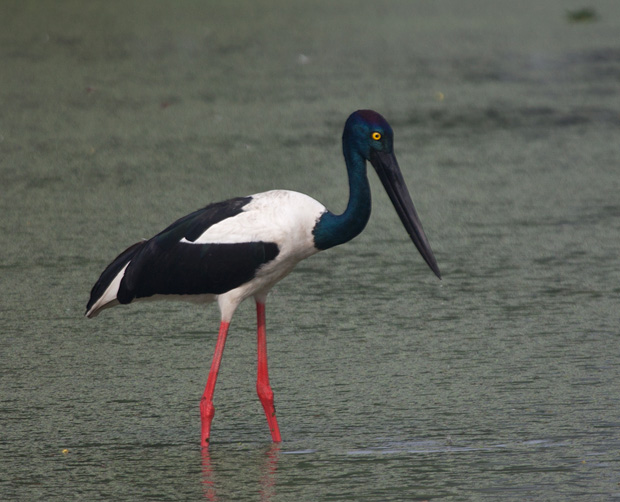
Black Necked Stork
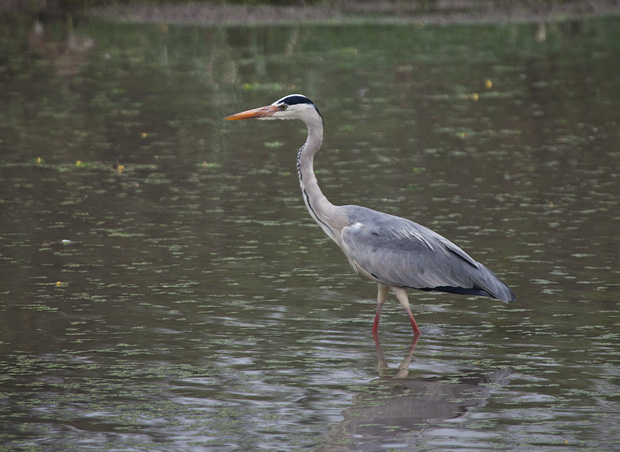
Grey Heron
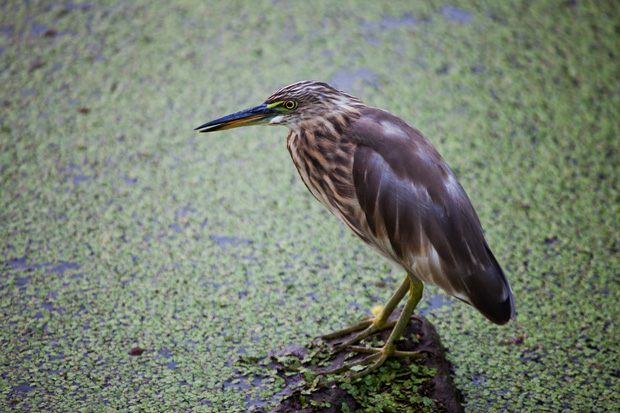
Pond Heron

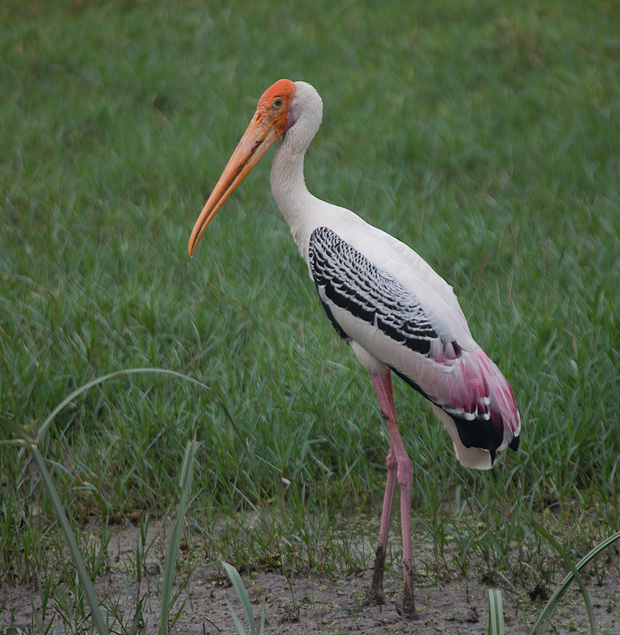
Painted Stork
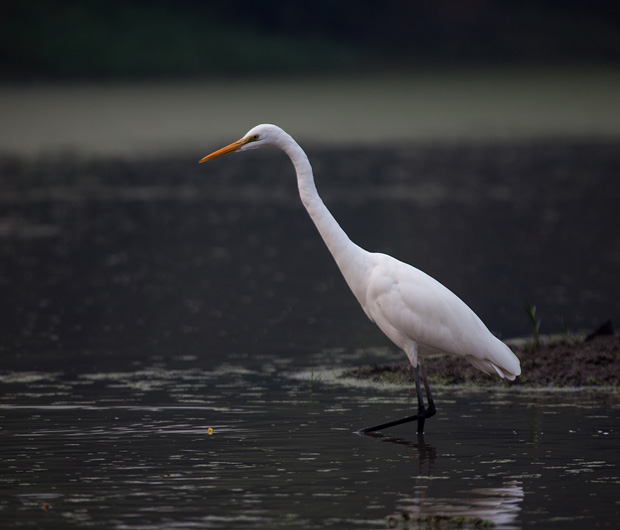
Great Egret
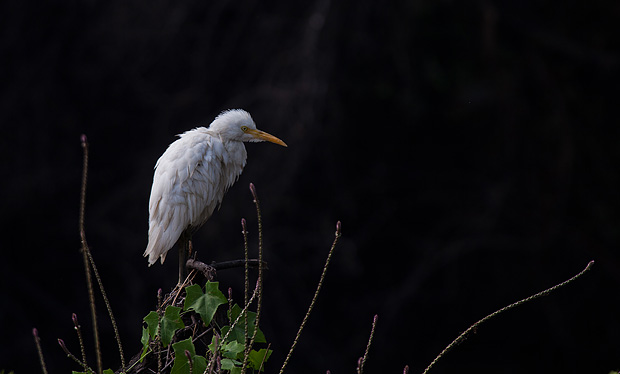
Cattle Egret
Let me begin by wishing you a very happy new year. May your dreams take wings in 2011!
I suffered from severe writer’s block for last two months of 2010 and left this space hardly updated. Some photography assignments and a few other things I was working on kept me occupied, which means I also did very little reading online, rarely visited blogs or kept myself updated with happenings in the online-world. However, I managed to keep paintedstork facebook page updated regularly.
I normally do not take the trouble to make new year resolutions—they get broken anyway—and it is no different for 2011. But at this moment, I am hoping to keep this space active at least for the next few months. Let me begin with stories from a visit to Bharatpur’s Keoladeo National Park in November 2010, recounting my encounters with the beautiful birds in the park.
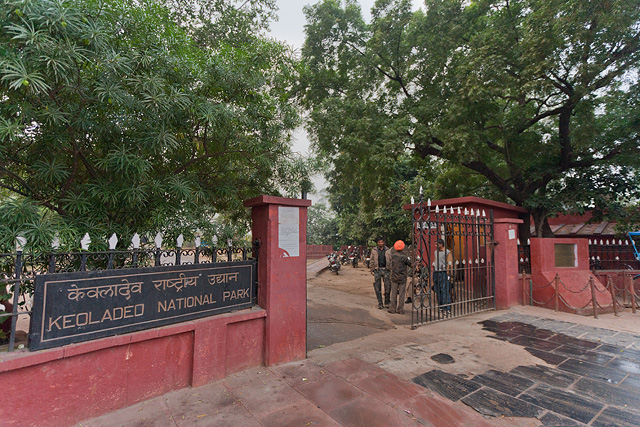
In the three days that I spent in Bharatpur, I hardly saw any rare or exotic birds except for a pair of Sarus Cranes. But I could observe many common species from a close distance and cherished watching their behavior. The most common birds in the park were perhaps rose ringed parakeets that chattered loudly in the trees all through the day in every corner of the park. The rarest among the birds I saw were a pair of black necked storks and a pair of sarus cranes.
The first birds I saw in the park were Brahminy Mynas in a small gathering, followed by jungle babblers in their typical group of five to six. Soon after getting past the entrance, I was excited to see a peafowl family with five chicks foraging in the shrubs. There was further excitement ahead as I spotted two jackals shying away into the jungle and watched a parakeet trying to threaten an enemy hiding in a tree hallow.
The first of the birds that posed happily for my camera were laughing doves. There were plenty of them in Bharatpur. Early morning and evenings, a careful listener could hear the sound of their laughter filling the air. They were also happy to pose for the camera and did not run away at the first sight of a telephoto lens. I first saw a lone laughing dove sitting on the top of a bush. It sat there gracefully until I took a few pictures, but decided to fly away on seeing an approaching vehicle.
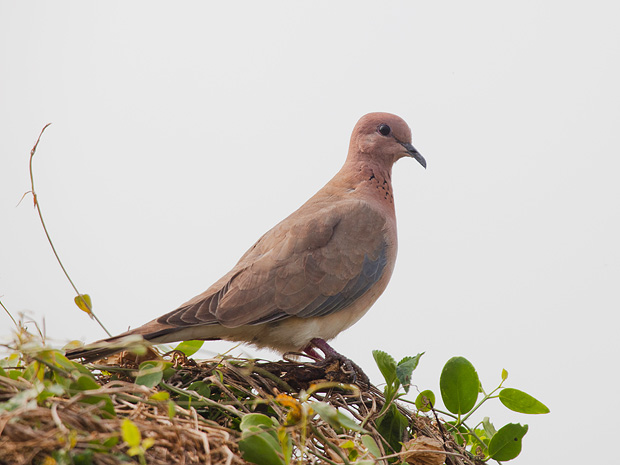
Laughing Dove
Half-an-hour later, I saw a pair of doves walking slowly at the edge of the tarmac road that bisects the park. They seemed wary of me, but did not feel threatened as long as I kept my distance. They hopped slowly along the shoulder of the road, occasionally picking whatever they found worth gulping. I lay down on the ground to get an eye-level picture, but they did not seem to like me doing that and decided to walk away from me. A little later, one of them sat on the lowest branch of a bush, started preening and at the same time generously posing for me. I was more than happy to go on clicking it displaying the colourful feathers.
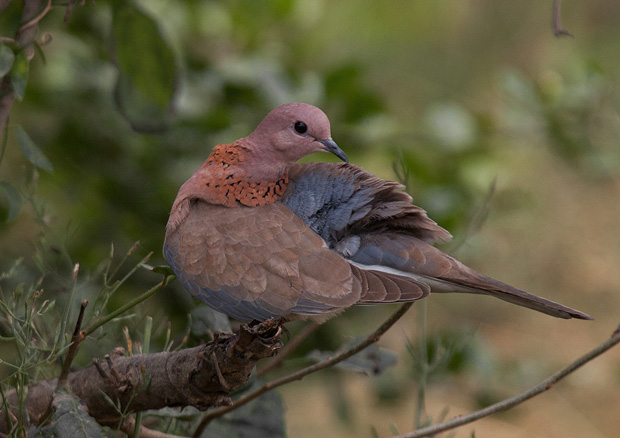
A laughing dove showing off its feathers!
Coming up next: more birds from Bharatpur.












